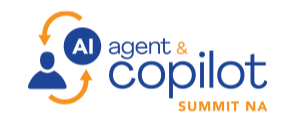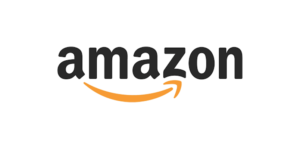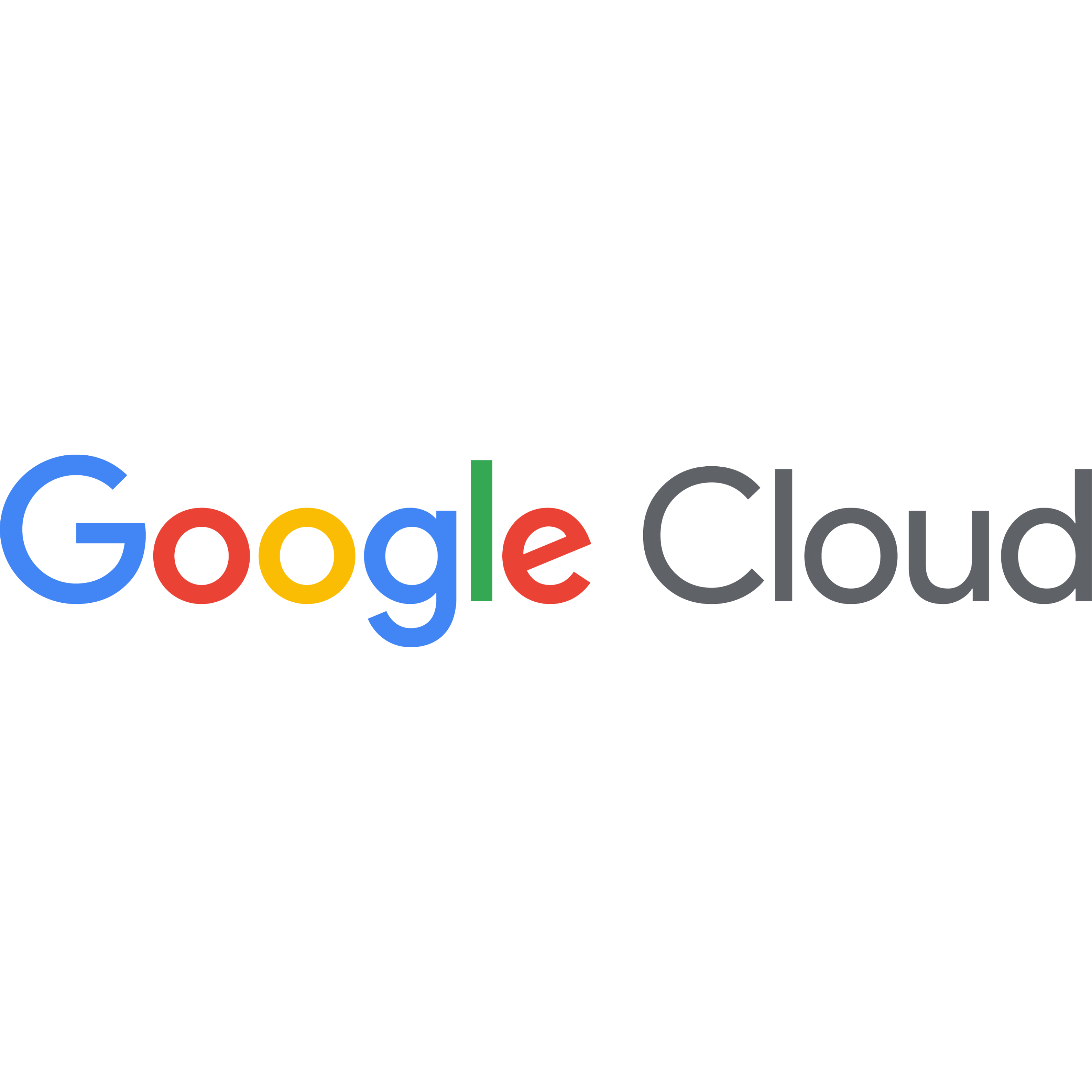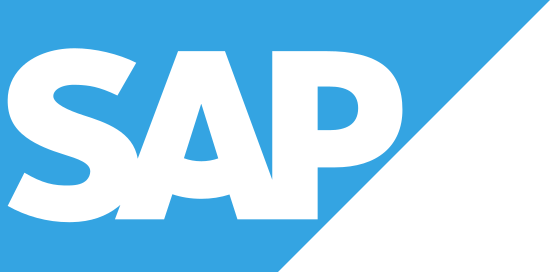
If high-volume commitments to purchase cloud and AI services are early indicators of economic vitality, then the trillion-dollar backlog amassed by the Cloud Wars Top 10 companies indicates the global economy is not only strong but likely to boom.
Setting the pace for this $1-trillion RPO windfall are Microsoft, AWS, and high-flying Oracle, whose latest RPO figures reveal a combined total of more than $614 bilion: Microsoft RPO is $315 billion, AWS’s $189 billion, and Oracle $110 billion. (Oracle offers two RPO numbers for the quarter ended May 31: total RPO of $138 billion, and cloud RPO of about $110 billion. As input for the $614 billion figure cited above, I have used the cloud RPO number. And below, I offer a chart breaking out the numbers for each Cloud Wars Top 10 company.)

AI Agent & Copilot Summit is an AI-first event to define opportunities, impact, and outcomes with Microsoft Copilot and agents. Building on its 2025 success, the 2026 event takes place March 17-19 in San Diego. Get more details.
What makes these RPO numbers so compelling is that while they do not represent actual revenue but instead quantify contracted future business that has not yet been recognized as revenue, they are the best possible reflection of future customer demand for cloud and AI services.
So, I’ve pulled together the latest RPO or backlog numbers for each of the Cloud Wars Top 10 companies so we can get a sense of not only future customer demand for each vendor but also a cumulative picture of the enormous overall commitments business leaders are placing in the 10 largest and most-influential cloud and AI vendors.
CLOUD WARS TOP 10 RPO SCORECARD FOR JUNE 17, 2025
| Company | RPO | Growth | Description | For Qrtr Ended |
| 1. Microsoft | $315B | +33% | Total RPO | 3/31/25 |
| 2. AWS | $189B | +20% | Backlog | 3/31/25 |
| 3. Oracle | $138B | +41% | RPO | 5/31/25 5/31/25 |
| –cloud-specific | $110B | +56% | Cloud RPO | 5/31/25 |
| 4. Google Cloud | $90B | ?? | 3/31/25 | |
| 5. SAP | $68.4B | +43% | Total Cloud Backlog | 12/31/24 |
| –current cloud back. | $19.7B | +29% | 3/31/25 | |
| 6. Salesforce | $60.9B | +11.3% | Total RPO | 4/30/25 |
| –Current RPO | $29.6B | +12% | 4/20/25 | |
| 7. Workday | $24.6B | +19.1% | Total Subscr. Rev Backlog | 1/31/25 |
| — 12 mo. | $7.63B | +15.6% | 4/30/25 | |
| 8. ServiceNow | $22.3B | +23% | Tot. RPO | 12/31/24 |
| –Curr. RPO | $10.3B | +22% | 3/31/25 | |
| 9. Snowflake | $6.7B | +34% | RPO | 4/30/25 |
| 10. IBM | $63B | RPO | 12/31/24 |
TOTAL = $978B
Notes about this table:
- Some companies release only one RPO number.
- Some companies release two RPO numbers: “Total RPO” and “Current RPO,” with the latter referring to contracted-business figures that will be converted to revenue within 12 months.
- SAP does not use the term “RPO” but instead uses “Total Cloud Backlog” and “Current Cloud Backlog,” with the latter referring to contracted-business figures that will be converted to revenue within 12 months.
- Here’s IBM’s description of its RPO from its 2024 “Notes to Consolidated Financial Statements,” page 67: “At December 31, 2024, the aggregate amount of the transaction price allocated to RPO related to customer contracts that are unsatisfied or partially unsatisfied was approximately $63 billion, of which approximately 67 percent is expected to be recognized as revenue in the subsequent two years, approximately 29 percent in the subsequent three to five years, and the balance thereafter.”
Oracle Gaining on the Big Boys
The value of these RPO numbers is two-fold: First, it helps quantify future customer demand, and second, it reveals how the cloud and AI vendors are doing in a competitive sense: which ones are seeing higher levels of growth from customers in signed commitments for future business?
In that context, Oracle presents a stark example of a company that is winning a disproportionately large volume of future business relative to its current cloud and AI revenue.
- Oracle vs. Microsoft: While Microsoft’s cloud revenue is almost 7X larger than Oracle’s — for each company’s most-recent quarter, $42.8 billion for Microsoft versus $6.7 billion for Oracle — that size disparity is greatly reduced when we look not into the past but rather into the future: Microsoft’s lead over Oracle in terms of RPO volume is 2.3X.
- Oracle vs. AWS: AWS’s most-recent quarterly revenue of $29.3 billion is almost 4.4X larger than Oracle’s $6.7 billion. But when we compare RPO volumes, AWS’s $189 billion is larger than Oracle’s $138 billion by a factor of 1.37X. If we compare Oracle’s cloud RPO of $110 billion to AWS’s $189 billion, the disparity rises to 1.72X. Also, Oracle’s RPO volume is growing much more rapidly than that of AWS. For its last two quarters, Oracle RPO grew 63% and then 41%, and CEO Safra Catz says RPO growth for FY26 that began June 1 will surge to 100%. Meanwhile, AWS reported RPO growth of 20% for the quarter ended March 31.
- SAP vs. Salesforce: While the total RPO — for SAP, “cloud backlog” — numbers for the world’s two largest enterprise-apps vendors are fairly close with SAP at $68.4 billion and Salesforce at $60.9 billion, SAP’s cloud backlog/RPO is growing almost 4X as fast as Salesforce’s: 43% to 11.3%. Again, this is a powerful indicator of customers’ future preferences.
Final Thought
So, in spite of tariff uncertainty — or perhaps because of it, and the resulting desire to use technology to overcome that uncertainty? — and geopolitical unrest, these RPO numbers reflect a very robust demand for cloud and AI among global businesses and other large and mid-size organizations.
Quick — name other industries in which the 10 largest companies have backlogs for the next 2-3 years of $1 trillion? I’ll keep an eye out for your submissions on that, but my guess is that this RPO boom is providing still more evidence that the Cloud Wars represent the greatest growth market the world has ever known.
Ask Cloud Wars AI Agent about this analysis



















